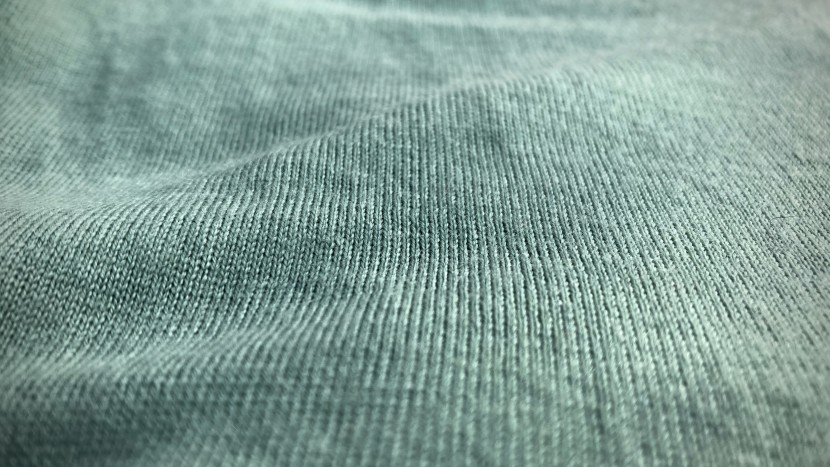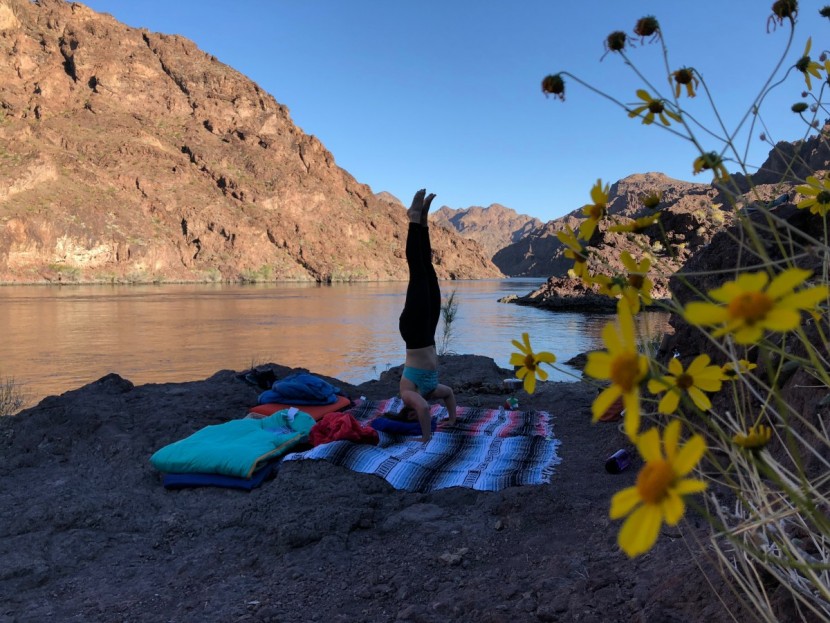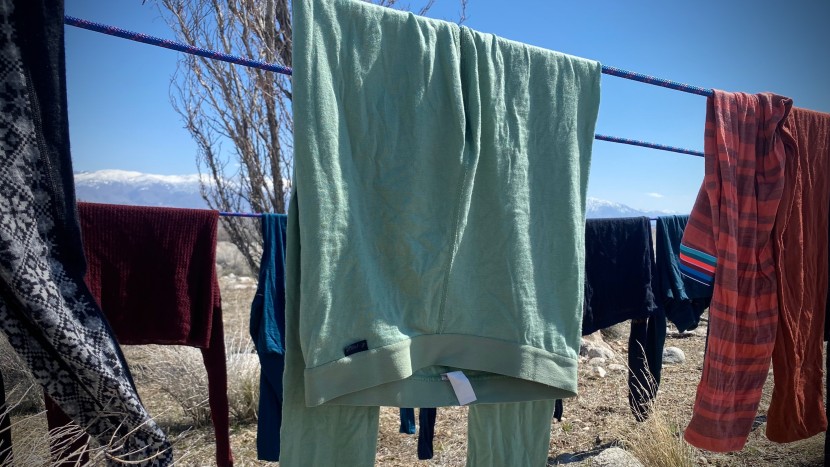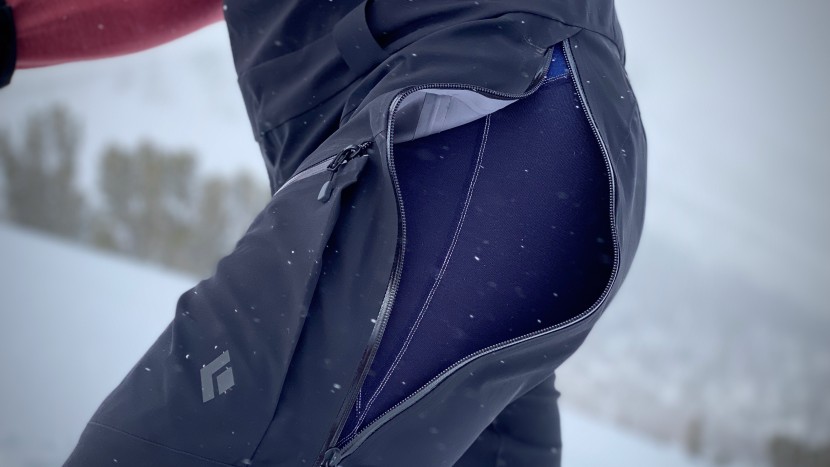We spent months pushing our limits while testing each pair of long underwear. We hiked, climbed, ran, slept, biked, and skied in each garment, taking them from the high mountains of Colorado and the Eastern Sierra to the cold oceans of the North Sea. Below, we outline considerations that went into evaluating each metric.
Warmth
We carefully observed and researched the fabric and construction of each pair of long underwear bottoms, including fabric weight and gauge. In addition to simple observations, we braved the elements in these undies once the temperatures dropped. We conducted extensive testing while living out of a truck in Yosemite Valley and Indian Creek, Utah, in addition to a record-breaking winter in the Eastern Sierra. We even endured sub-zero temperatures and hiked uphill whenever we could see our breath. Ultimately, we busted our buns to the point of sweat and then started our stopwatches to record which pair of long underwear kept us the warmest while in motion or standing still.
Breathability
We performed several different tests to assess breathability. First, we took each pair on a one-hour trail run to objectively measure which products successfully wicked moisture away from our skin and released the moisture through the fabric. If any fabric retained moisture, we noted the amount of time each layer required to dry and which layers could dry on the body. Finally, we evaluated the material's porosity, recording which fabric allowed the wind to cut through to provide ample evaporation.
Comfort and Fit
To assess comfort, we observed each product's relative softness and the thickness of the fabric. We touched each pair, wore the layer against our skin for numerous days on end, and noted which items felt the most comfortable when dry and wet. We slept in all of them, noting which garments were soft and cozy compared to some that caused irritation and itching.
To look at fit, we had several women of all shapes and sizes try on the different layers. We noted relative leg lengths and the elasticity of the hems around the calf and the waist. We also looked at the fabrics to see if they stretched or had enough structure to maintain their shape after several adventures between washes. We noted the effectiveness of the waistband and whether or not it provided structure without decreasing comfort. Finally, we noted which garments fit true or size and which felt necessary to size up or down. After performing these tests, we can provide accurate recommendations for comfort and fit.
Durability
To test durability, we evaluated the craftsmanship and construction of each piece, noting if there were any pilling or stitching flyaways throughout the testing period. Also, to go above and beyond, we wore each piece independently and under several layers. We noted if an area of high abrasion or holes developed during our testing period. Also, we indicate if any holes became apparent in the fabric after just a minor snag. To that point, we must note that long underwear is not designed to be worn on its own — it's designed to be used with another thicker, more durable overlayer. These tests allowed us to see which fabrics were more fragile than others. Lastly, we noted which layers were odor-free and which became smelly after minimal use.
Drying Speed
To gather information about the overall drying speed offered by each pair of long underwear, we put the layer on and got moving for an hour of vigorous activity, whether on our skis or running shoes. Once that hour was complete, we started our stopwatch to record how long each layer required to dry on our body.
We didn't stop there. Next, we soaked each layer in a stream, wrung each out, and hung them on a rope to dry in the sun and wind before recording the drying speed. For the final score, we considered how each layer performed during our various tests and rewarded the layers with the fastest drying speed with the highest marks.
Layering Ability
To determine each pair of long underwear's layering ability, we simply tried them on with various outer layers over the top, such as overalls, rain pants, ski bibs, and puffy pants. Then, we got moving in the mountains to understand which layers interacted well within a layered system and which layers required any adjusting due to friction.
We noted the various fabrics that made up each pair of long underwear and whether or not that fabric had a smooth interface or would grab other layers and limit our full range of motion. Layers that offered a smooth interface received higher scores than those that restricted our range of motion or required any adjustment.




